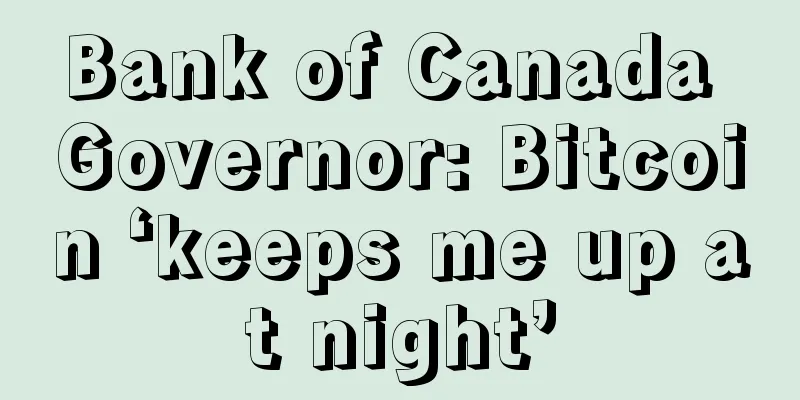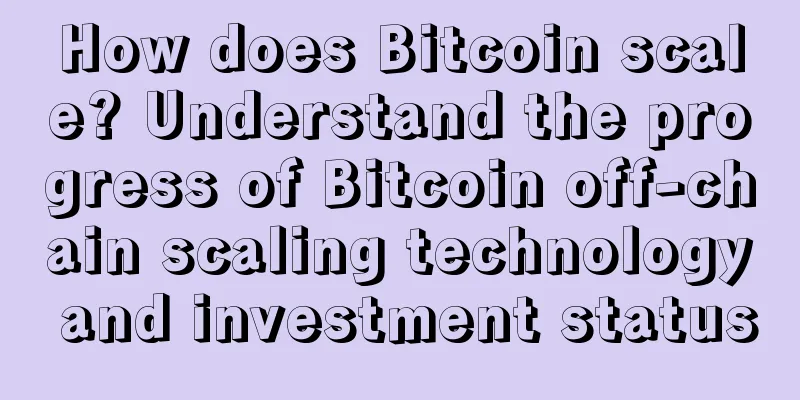How do we make Bitcoin Unlimited work? The answer is very simple.

|
Bitcoin has no center. Bitcoin has no board of directors. Bitcoin has no CEO, no chairman, no chief, sheik or shah. Bitcoin is a decentralized network of voluntary participants who come together for their mutual benefit and are loosely connected. Some users take advantage of the privacy and convenience of Bitcoin transactions, while investors hold Bitcoin in the hope of profiting from its price appreciation. Some bitcoin users operate node computers that verify and relay broadcast transactions, while some miners — a special type of node operator — mine farms that add new transaction blocks to the permanent blockchain ledger and are rewarded with 12.5 newly minted bitcoins for this service. The fact that Bitcoin has no central point is true—and the fact that Bitcoin is decentralized is true—it is the essence of Bitcoin. The lack of a central point helps ensure Bitcoin’s integrity as a currency. If Bitcoin had a central point, users would have to trust that it would not reverse or censor payments for political reasons, or unfairly reward itself with newly created Bitcoins. If Bitcoin had a central point, it would be less useful as peer-to-peer electronic cash. There is no doubt that Bitcoin is useful as electronic cash. One measure of its usefulness is the price of Bitcoin, which has increased from $1.08 six years ago to $993 today. The second dimension to measure Bitcoin’s usefulness is its frequency of use. The total number of transactions processed by the Bitcoin network has also risen from 1 transaction per minute six years ago to an average of 3 transactions per second today. The third dimension to measure Bitcoin's usefulness is its user base. Due to the anonymous nature of Bitcoin, estimates of Bitcoin's user base are often controversial, and the current range of Bitcoin users should be from hundreds of thousands to tens of millions. But there is no dispute that the growth of Bitcoin's user base is the main driving force behind the increase in total transactions and the rise in Bitcoin prices. Bitcoin’s lack of a central authority has its drawbacks: there is no leader wielding his baton and coordinating the network’s participants as they (the voluntary participants) fight for points in organized competitions. Even changes that are widely seen as positive are difficult to promote because doing so involves communication and cooperation among the loosely connected participants that make up the Bitcoin network. The most common example of a change that needs to be made right now is the 1 MB block size limit. In 2010, Satoshi Nakamoto added a protocol rule that limits the number of transactions submitted to the blockchain to approximately 3 per second (3 transactions per second usually hits the 1 MB limit). When the 1M limit was added, the transaction volume cap was 800x larger than actual transaction volume, so the limit did not restrict the natural growth of the system (it only served as an anti-spam measure). But now that the network is “maxed out by transaction volume”, it frequently hits this limit and is no longer free to grow as it did during the first 7 years of Bitcoin’s history. If Bitcoin has no central authority that can do this for us, how do we adjust this 1M limit to a higher value? To answer this question, first we must understand who is enforcing the block size limit. So who is it? Why can't Bitcoin users currently do more than 3 transactions per second on average? The reason is that when a payment is sent between two users, it doesn't actually go directly from user A to user B; instead it is relayed to and verified by every node on the network. There are about 6,000 accessible nodes on the network, and we assume that Bitcoin has 5 million users, which is about 1 node for every 800 users. When a miner finds a new block to mine, and adds transactions to it, each node checks the size of the block. If the block is larger than 1MB (for example, if it contains more data than about 3 transactions per second), 9 out of 10 nodes will now reject the block as invalid. No miner will risk intentionally generating a block larger than 1MB because he knows that the network as a whole will reject it and his 12.5BTC reward will be lost. So even though miners may want to process more transactions per second, they can't because they can't process them efficiently - other nodes won't let them. From here we can see how the limitation — not allowing miners to process more than 3 transactions per second — is something that the people operating these nodes have to do. Node operators have to communicate with and convince miners that they are ready and willing to accept larger blocks. This is especially true for economically important nodes, such as those that run Bitcoin exchanges, payment processors, and web wallets. What Bitcoin Unlimited is doing is giving node operators a flexible set of tools to allow them to do this. The actual method is very simple1. Bitcoin Unlimited allows a node operator to quickly and easily change the (accepted) block size limit of his node. 2. Bitcoin Unlimited allows a miner to quickly and easily change the maximum size of the blocks his node will produce. 3. Bitcoin Unlimited helps node operators and miners signal their block size preferences to the rest of the network. Today, approximately 1 in 10 network nodes are running Bitcoin Unlimited, and the median block size limit is 16 MB. As more node operators take similar initiatives and increase the block size limit of their nodes, miners are increasingly inclined to produce larger blocks containing more transactions. At some point — when miners feel that most of the network is ready and willing to accept larger blocks — a miner will produce a block that will be accepted by the permanent blockchain ledger, and Bitcoin will be able to continue to grow freely. We make it that simple with Bitcoin Unlimited. AcknowledgementsThe author thanks Andrea Suisani, Peter Tschipper, Jerry Chan and his mother for their comments. |
<<: Is Bitcoin, which can make people rich overnight, really worth playing with?
>>: Coin Zone Trends: Bitcoin Price Trends Based on Big Data This Week (2017-02-17)
Recommend
Are people with double-eyelids more likely to meet noble people?
Many people want to have such a good thing as mee...
What are the facial features of a good boss?
What are the facial features of a good boss? One ...
Illustration: What does the bifurcation of the wisdom line in palmistry indicate?
Palmistry has always been an important part of ph...
My investment perspective
Chapter 0 Introduction Last month, Mr. Li Xiaolai...
The Spear and Shield of NFT: Sales are Hot, but Ownership is Highly Concentrated
In 2021, NFT gradually expanded into multiple ver...
How is your health?
How is your health? On the one hand, the great en...
The face of a woman that men will cherish
The face of a woman that men will cherish When me...
[Current Comment] How much extra profit does transaction congestion bring?
Recently, I found that the Bitcoin network has be...
Palmistry fate line shows who is prone to short life
The fate line, also known as the career line, luc...
Palmistry Wisdom Line Diagram
Illustrated Complete Guide to the Wisdom Line in ...
What palmistry characteristics make people prone to infertility
If a couple has been married for more than two ye...
APENFT Foundation repurchases NFT worth $2.52 million from Huobi and destroys it
Recently, the APENFT Foundation officially announ...
Four men who determine the fork and future of BCH: Roger Jiang Zhuoer Yang Haipo Wu Jihan
On November 15, BCH will fork again. With the sta...
Japanese cryptocurrency startup Orb raises $2.3 million in funding
Tokyo-based startup Orb, which is also backing a ...
What is the fate of a woman with a long career line?
The career line is related to the changes in the ...









